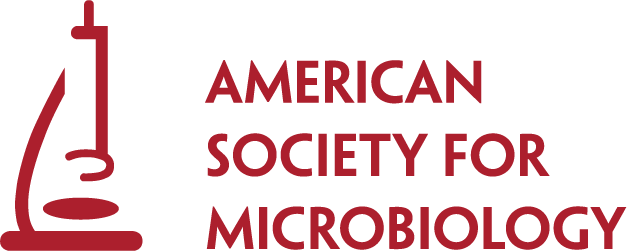The U.S. Desert Southwest hosts a variety of unusual and little-characterized microbial habitats. Among these are Death Valley - officially the hottest place on Earth - and the Nevada National Security Site (NNSS), where 828 underground tests of cold war nuclear devices were conducted. Above and below ground, with or without oxygen, high salinity or freshwater, with limited carbon resources and extreme heat these environments support a diverse array of microbes. In most cases extensive explorations of microbial diversity have not been performed, particularly among desert subsurface microorganisms. If we consider only 0.1% of ecological microbes are amenable to laboratory cultivation, a substantial majority of microbial life remains potentially available for even the most basic of characterizations. In this study, we enriched and isolated microbes from several desert subsurface habitats and from a hypersaline playa. Subsurface water samples were collected from wells drilled as part of the Underground Test Area (UGTA) program. These wells penetrate distinct lithological units including high elevation volcanics (ER 20-4, ER 20-8, ER EC-13), valley fill alluvium (ER 5-5), and the regional carbonate aquifer (U-3cn PS#2/”Bilby” at the NNSS) and (BLM-1 and Nevares Deep Well #2 in or near Death Valley). Well depths range from 309-610m. Water samples were used to inoculate enrichment media supporting anaerobic sulfate/sulfur reduction, anaerobic peptide/sugar fermentation, simple short chain fatty acid fermentation, iron/manganese reduction, or anaerobic methanotrophy. The decision to try these metabolic conditions was supported by geochemical data. Enrichments resulted in growth in two-thirds of conditions tried on the Nevares DW#2 sample, and a quarter of conditions on the UE-3cn “Bilby” sample. The reduction of Mn(IV) oxides was tested on all wells, and only resulted in growth from Nevares DW#2. Although several conditions resulted in dense growth, only three bacterial isolates were obtained in pure culture to date. On anaerobic manganese reduction medium, the Nevares DW#2 well generated an isolate belonging to the genus Desulfotomaculum. The U-3cm PS#2 Bilby well produced two isolates: one on anaerobic proteolytic conditions, belonging to the family Peptococcacae, and another on anaerobic methane medium, belonging to the genus Desulforudis. The U-3cn PS#2/Bilby microbe isolated from the methane medium preparation is of special interest. To date, the Desulforudis genus has only been detected in limited terrestrial and marine deep subsurface habitats and has yet to produce a cultivated representative. The D. audaxviator from African deep mines is currently the only microorganism known with the capacity to exist as a single-species ecosystem, to grow completely isolated from the photosphere (e.g. utilizing radiochemically-produced H2 and SO42-), and is arguably Earth’s deepest known life form.

